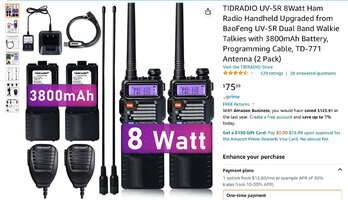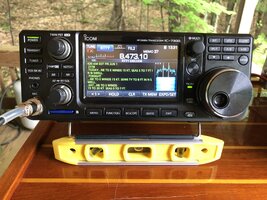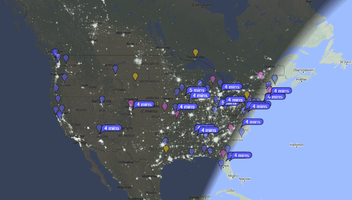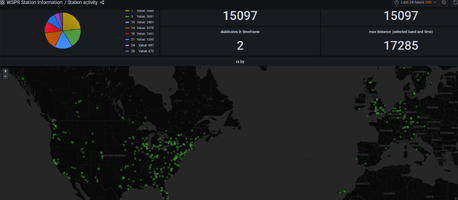MaverickNH
NES Member
A thread quite different from the Secure COMMS thread, but related. The topic here is Sustainment Communications, which includes comms when cell/landline comms are down and you want anyone and everyone to hear you or when cell/landline service is just not available - as opposed to Tactical Communications, where you want only “your side” to hear you.
I picked up a pair of Baofeng aftermarket kits for my eldest son and I to use while hiking. I’ll have a willing and able partner to practice comms. One person with a radio is not too useful…
What would you practice, in the Sustainment Communications category?

I picked up a pair of Baofeng aftermarket kits for my eldest son and I to use while hiking. I’ll have a willing and able partner to practice comms. One person with a radio is not too useful…
What would you practice, in the Sustainment Communications category?









